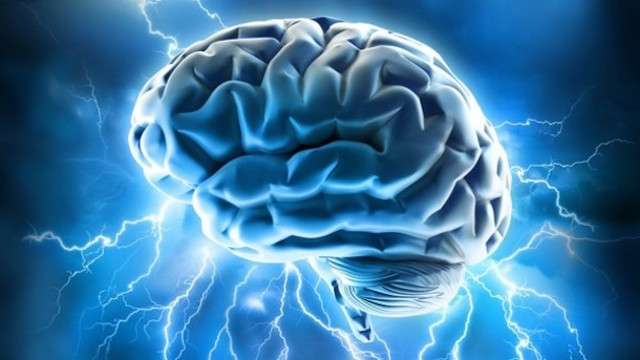Advanced Melanoma Skin Cancer Survival Rate Jumps from 1% to 40%
For patients with a deadly skin cancer and few treatment options, a drug to boost their immune systems has left 15% with no sign of cancer 3 years later.

A new discovery of how Alzheimer's disease destroys connections in the brain opens the door for new treatments and a possible cure or prevention of the debilitating form of dementia.
In the earliest stages of the disease, synapses - which connect the neurons, or "wiring," in the brain - are destroyed. This happens before the disease can even be diagnosed accurately, while patients are experiencing only mild cognitive impairment. But eventually, the nerve cells die, breaking down brain function.
DO YOU LIKE HAPPY NEWS? GET OUR NEW APP-> Download FREE for Android and iOS
No one was sure how Alzheimer's attacked the synapses until now. Researchers have identified two key proteins - one "good" one "bad" - behind the breakdown.
The "good" protein is called neural cell adhesion molecule 2, or NCAM2. It's part of a family of molecules that connect the membranes in synapses, allowing them to function properly.
Scientists at the University of New South Wales in Sydney, Australia, found very low levels of NCAM2 in vital part of Alzheimer's patients' brains.
The "bad" protein - beta-amyloid - was already known by scientists to be common in the plaques that build up on Alzheimer's patients' brains. But their research found that it also attacks NCAM2, breaking down the critical protein and causing synapses to fail in the first place.
"It opens up a new avenue for research on possible treatments that can prevent the destruction of NCAM2 in the brain," Dr. Vladimir Sytnyk, lead researcher on the study said.
The researchers published their findings November 27 in the journal Nature Communications.
Alert your friends to the story by Sharing… (Photo: Allan Ajifo, CC license)
Be the first to comment